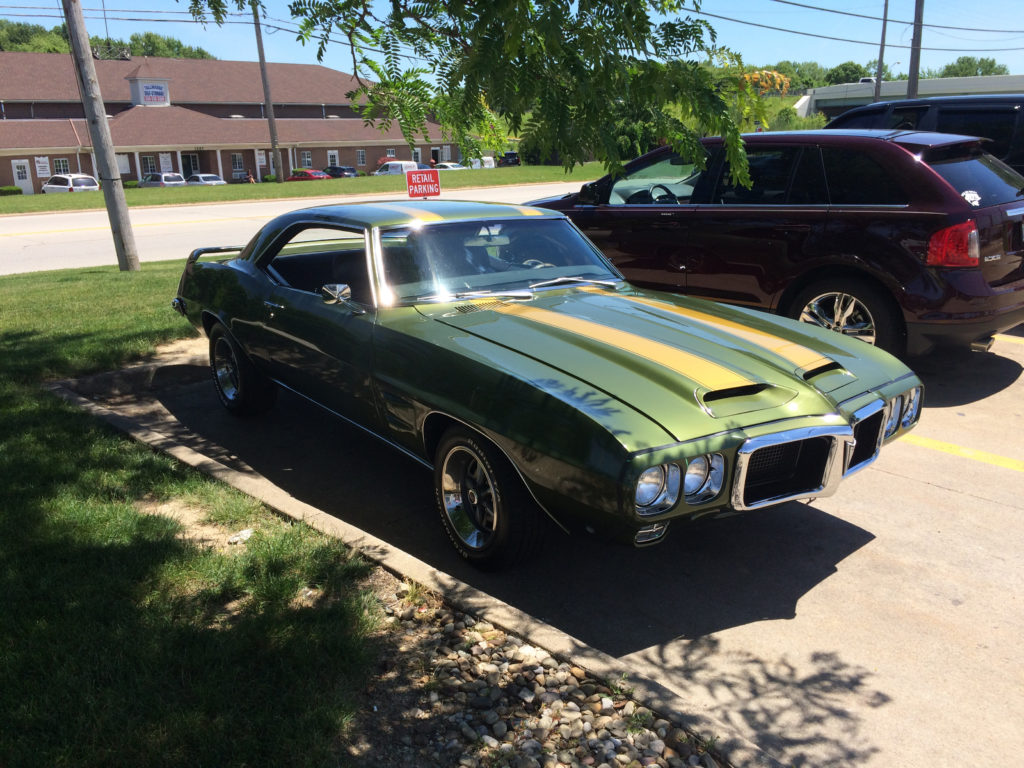You’ve got questions. We’ve got the answers—the Summit Racing tech department tackles your automotive-related conundrums.
Q: I own a first-gen Pontiac Firebird coupe with a mostly stock 1971 400 engine. The engine is bored. 030 inches over, has 91cc heads (6X-4), and Hooker Competition headers. The car also has a 2.5-inch dual exhaust system with Flowmaster mufflers, a Muncie M21 four-speed transmission, and a 12-bolt rear-end with 3.36 gears.
What I want is more power. You know, something that will slam me into the seat when leaving the line and spin the tires with ease. An excellent midrange, choppy idle, and enough vacuum to run power brakes would be great, too!
I figure 400 horsepower and 400 ft.-lbs. of torque will do it. What parts will I need? I’ve also heard rumors that Poncho engines have weak bottom ends and are known to come apart if the rpms are too high. Is this true?
M.J. Cadott, WI

A: An engine with a radical cam, plenty of vacuum for power brakes, and an rpm range from idle to over 5,000 rpm is a tall order–but not impossible.
What you’ve heard about Pontiac bottom end problems is correct. The main culprit is the stock rods. As long as you keep the revs under 5,500 rpm, you shouldn’t have any problems. Any more than that, and it’s likely the stock rods will have an intimate encounter with Mr. Pavement.
With the large combustion chamber heads and stock pistons, this engine probably has around 8.35:1 compression–not enough for a performance application. Speed Pro forged flattop pistons and Edelbrock Performer RPM heads will raise the compression ratio to 10.0:1. In addition, the aluminum heads will increase low speed torque and throttle response while removing 50 pounds of unwanted weight from the front end. Install a matching Edelbrock Performer RPM intake manifold and EPS 800 carburetor for maximum power output.
Crane Cams hydraulic camshaft #283802 is a great performance cam that’ll supply gobs of power in the 2,200-5,200 rpm range. Another good idea is a set of Harland Sharp roller rockers as they can free up as much as 15 horsepower by reducing friction and wear.
For better acceleration, you should replace the stock 3.36 gears with slightly lower 3.55s. The lower gearing will allow the engine to operate in the meat of the powerband when cruising.

I’m very surprised you didn’t advise him on the Summit 2802, it’s very similar to the crane cam you recommended but a lot cheaper.
old story but it prob. has those crap cast badger pistons with 8 valve reliefs, 045 down in the hole and those big chamber heads it will be a dog. if it does have those pistons nothing you do will make it right. Those have horrible quench and are a detonation party. With a proper piston to match those heads or surface the heads down 040 -060 with the proper piston and it will run sweet. spending 2k plus on aluminum heads with crap pistons will not fix a thing.
He mentioned speed pro flattop pistons